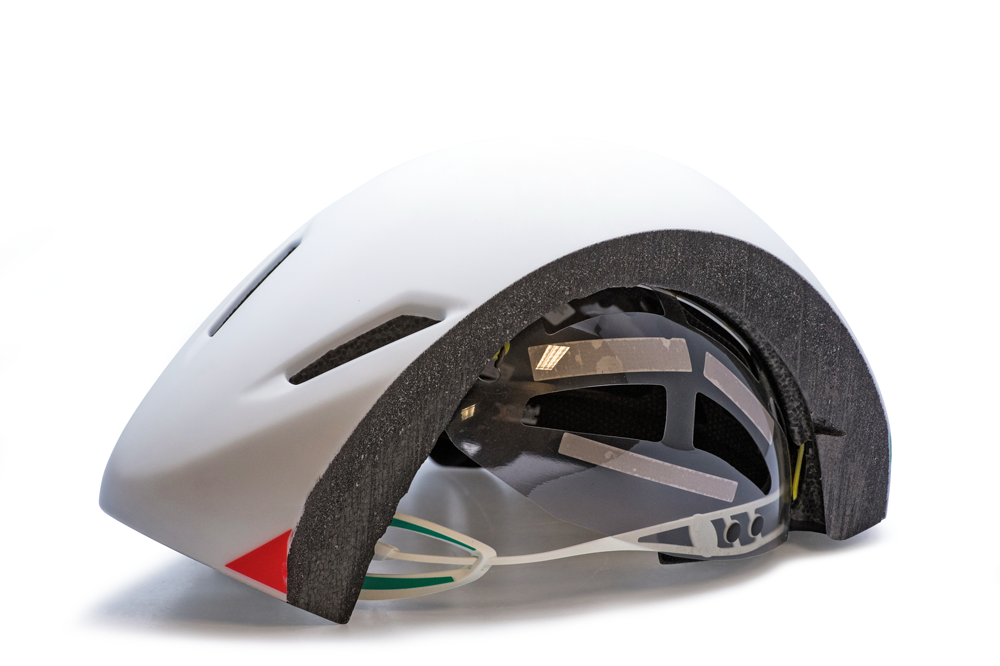What Does It Mean to Have MIPS in Your Helmet?

Not all helmets are created equal. MIPS tech promises to limit your concussion risk.
According to the Centers for Disease Control, more than 2.6 million Americans who visited the emergency room in 2013 were diagnosed with concussions. That’s roughly eight concussions for every 1,000 people. While this includes traumatic brain injury (or TBI) from events including car crashes, falls, assaults and more, the results of concussions in sport have never been more visible. In the past few years, pro triathletes like Meredith Kessler and Jarrod Shoemaker have both had major concussions that adversely affected their seasons for months. Meanwhile the NFL has spent the last decade embroiled in controversy after several players who committed suicide were found to have chronic traumatic encephalopathy (CTE), a degenerative disease of the brain associated with repeated head traumas. We know more about the dangers of concussions than ever, but what can triathletes do about it?
Enter MIPS. Short for multi-directional impact protection system, MIPS is a patented helmet design created by Swedish scientists that can be found on many of the major road cycling helmet brands including Giro, Bell, Limar, Lazer, POC and Rudy Project.
“The MIPS system is basically a piece of plastic that goes underneath the helmet’s shell,” says Dr. David Musnick, a sports physician at Peak Medicine in Bellevue, Wash., and MIPS-wearing cyclist. “It allows for less rotational and shearing forces in the brain in an accident.”
The MIPS design uses an additional sliding layer, creating a buffer that temporarily absorbs and diverts some of the energy in the rotational impacts common in cycling crashes.
Dr. Aynsley Smith, a Mayo Clinic researcher and registered nurse who has studied the effects of acceleration forces on head impacts says that a system like MIPS “peels back the dissipation of kinetic energy,” while standard helmets are best at saving the head from a direct fracture. “The MIPS system is good for protecting the yolk moving around inside the egg of the head.”